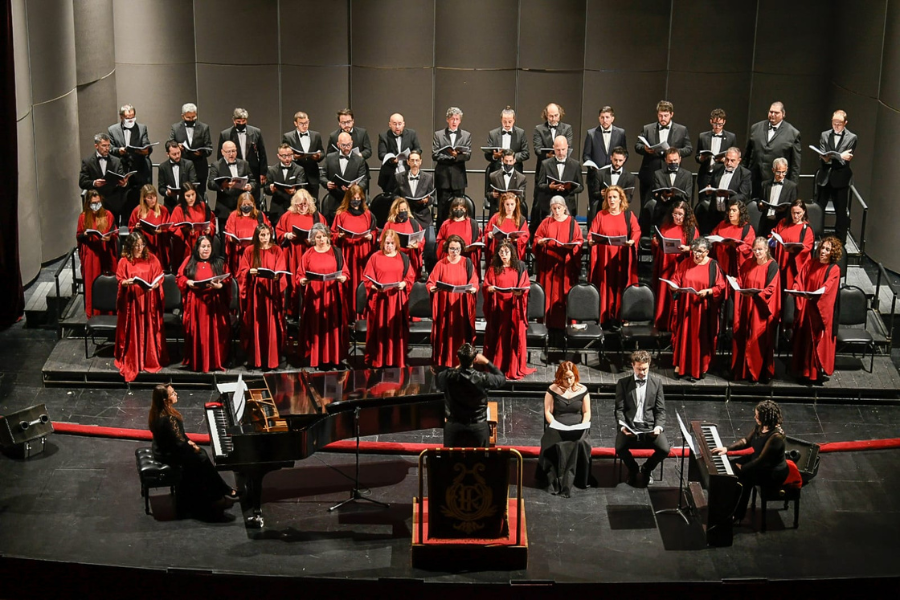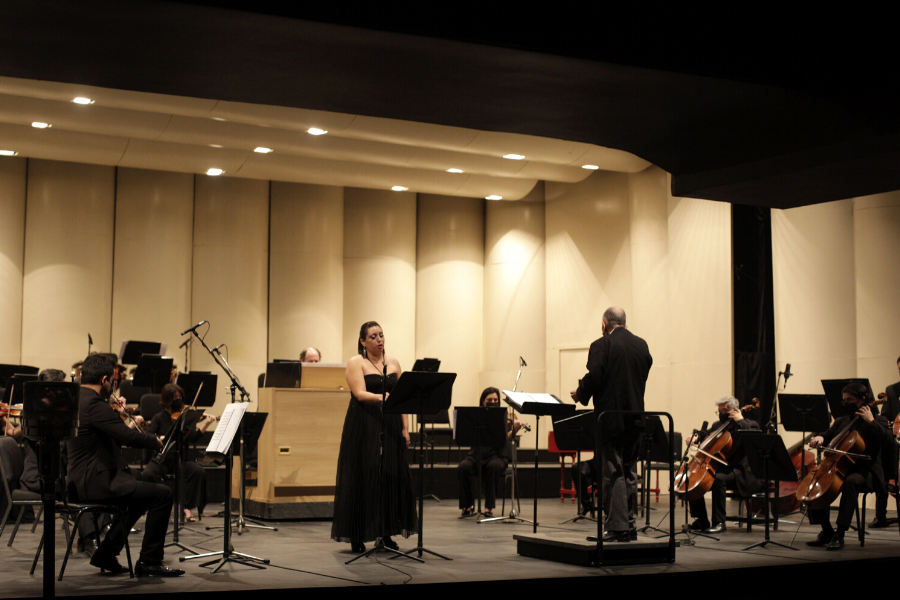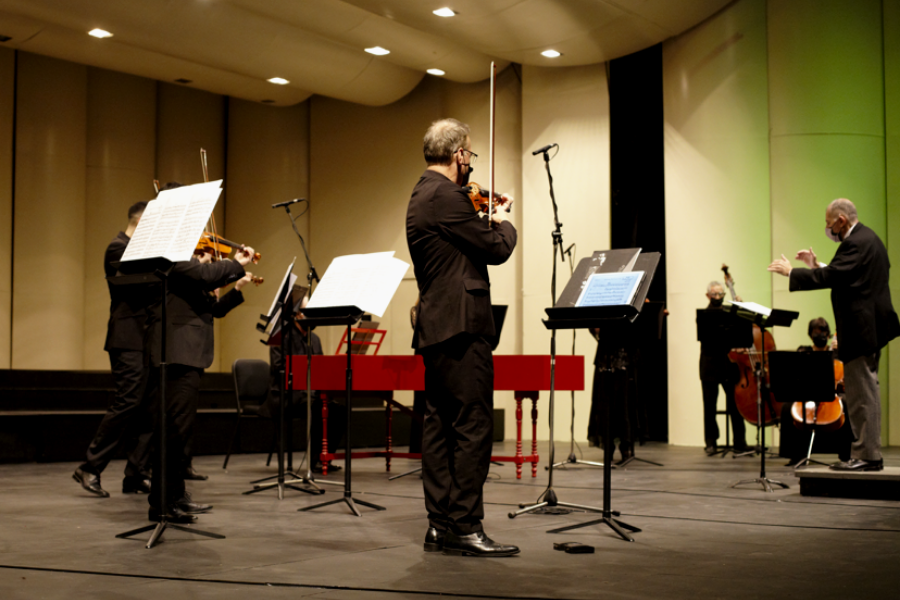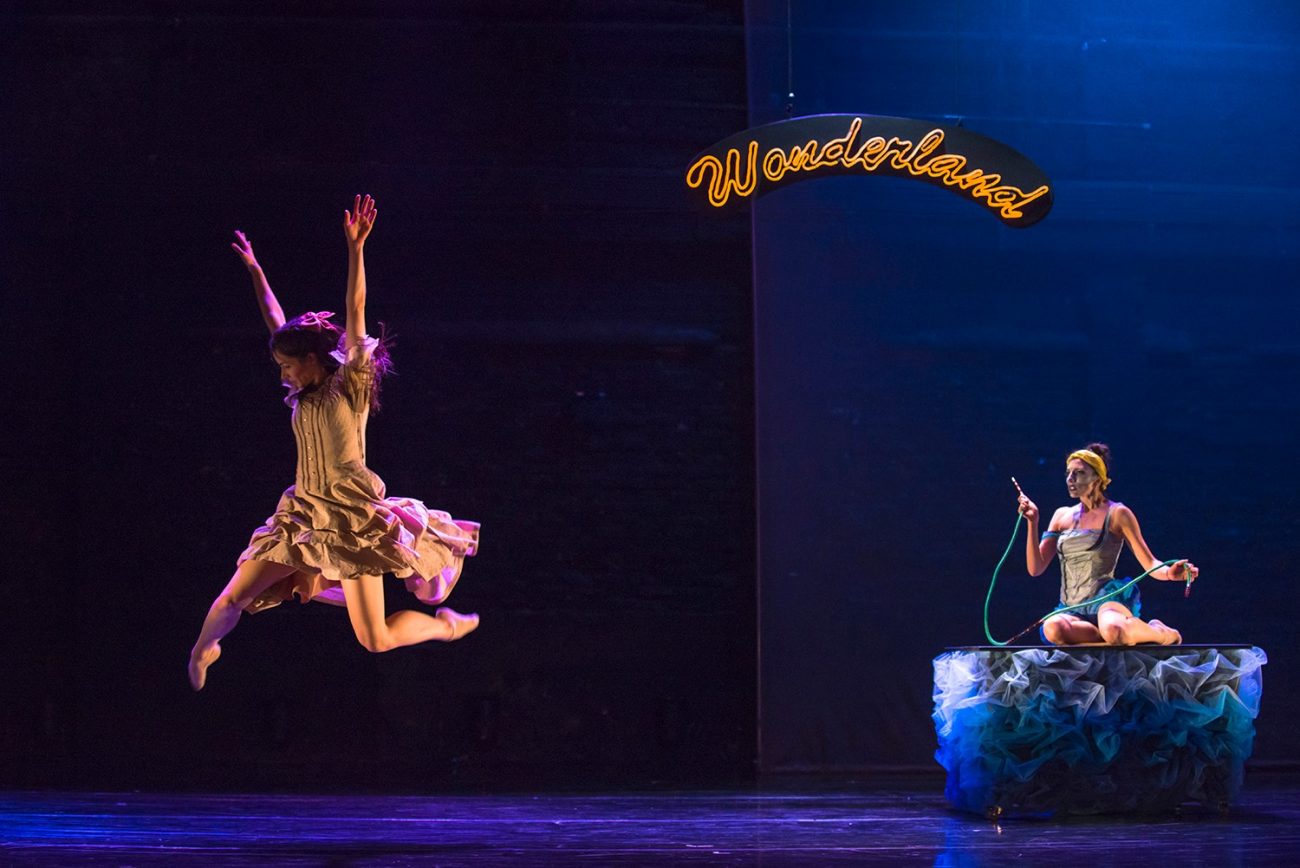Carmina Burana arrives in a great concert with the National Symphony Orchestra and the Symphonic Choir of the University of Chile

The ensembles of Centro de Extensión Artística y Cultural Universidad de Chile will give life to the renowned work of Carl Orff, Carmina Burana this Friday, December 20 at 19 : 00 hours at Teatro Caupolicán
Teatro Caupolicán will be the stage where this Friday, December 20 at 7:00 p.m., the National Symphony Orchestra of Chile and the Symphonic Choir of the University of Chile will meet again to give life to one of the most recognized choral symphonic works of the 20th century: Carmina Burana, by Carl Orff.
The concert will feature the baton of the Chilean conductor Pablo Carrasco, who with this work debuts at the head of the orchestra with the greatest trajectory in the country. With studies of Choral Conducting by maestro Guido Minoletti and Orchestral Conducting with maestro David del Pino Klinge, he also has extensive work with different youth orchestras in Santiago and Rancagua, in addition to being invited to conduct the most important orchestras from the country.
Next to him will also be the outstanding solo voices of the soprano Tabita Martínez, considered one of the great promises of the Chilean lyric; Brayan Ávila, tenor with formal singing studies at the University of Chile; and Ramiro Maturana, a baritone who was part of the Vocal Camerata of the University of Chile and one of the lyric singers selected to integrate the Accademia Teatro Alla Scala in Milan.

© Juan Pablo Garretón – CEAC.
Since its premiere in Frankfurt in 1937, Carmina Burana has been presented with great success on all stages of the world. The director of the Symphonic Choir of the University of Chile, Juan Pablo Villarroel, highlights it as one of the public’s favorite pieces, noting that “it is rhythmically entertaining, has a lot of energy and is easy for the public to hear.” He also adds that “although one may have sung it many times, one always has something new, because somehow different things are found in it.”
The work is based on a series of medieval songs that contained poems about love, pleasure, clergy and social life. Written by young or impoverished monks, the texts referred sarcastically to the authorities and the Church, celebrating the joys of taverns, nature and lust, among others.
Found in the early nineteenth century, such poems were musicalized years later (between 1935 and 1936) by the German composer Carl Orff, giving life to one of the most famous works of the choral symphonic genre, whose strength does not leave indifferent, while its loudness evokes an attractive German medieval past.
«O Fortuna» – dedicated to the Roman goddess of luck – is the subject with which the work begins and closes, being in turn the best known part of it, which has appeared in films, television series, advertisements , events, in addition to having been reverted numerous times, including by popular music.

© Juan Pablo Garretón – CEAC.
Tickets for the function can be purchased through the Punto Ticket system, with values of $ 5,000 for high plate and low side plate; $ 8,000 central low plate, side box and side court (numbered); and $ 12,000 central court (numbered) and central box.







